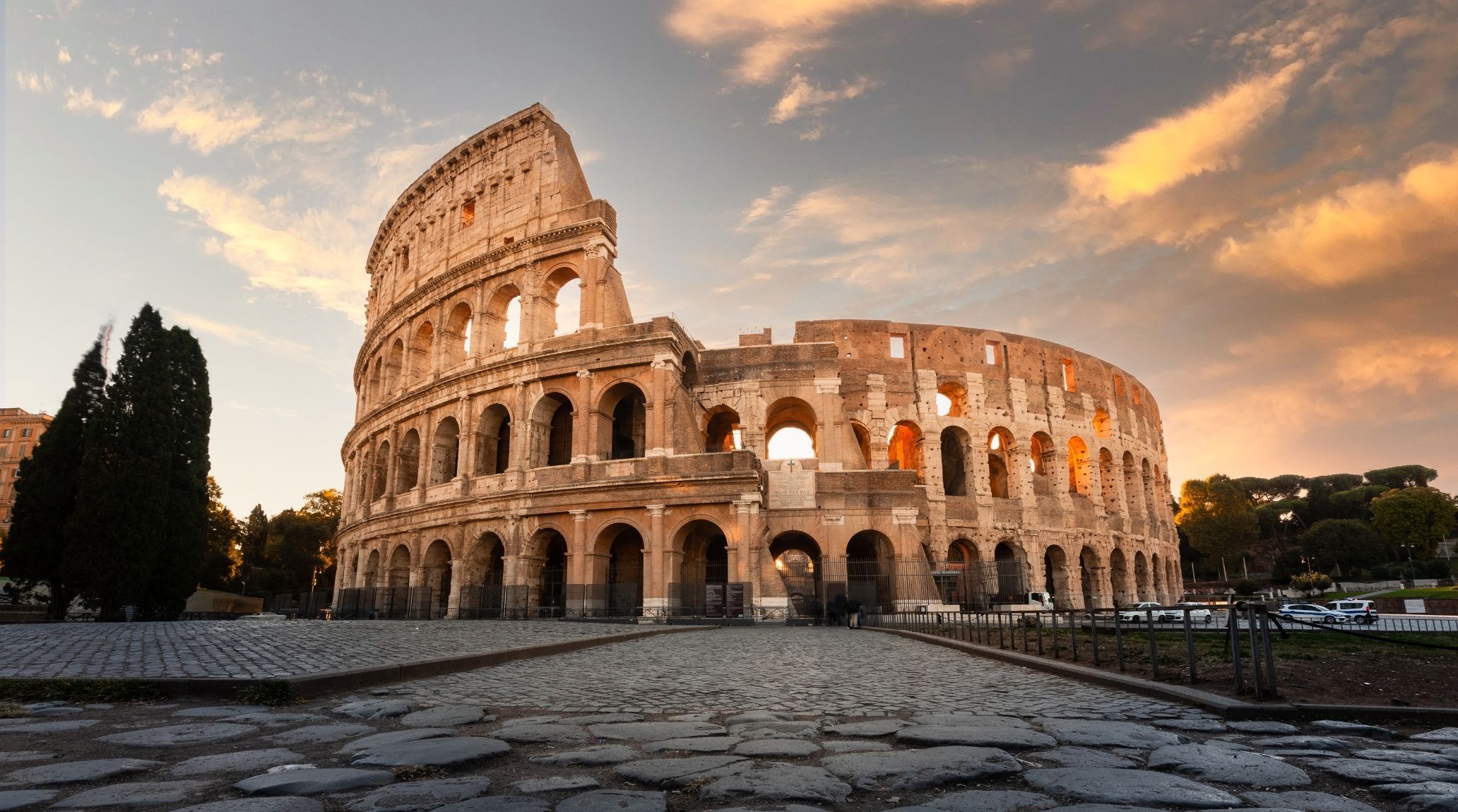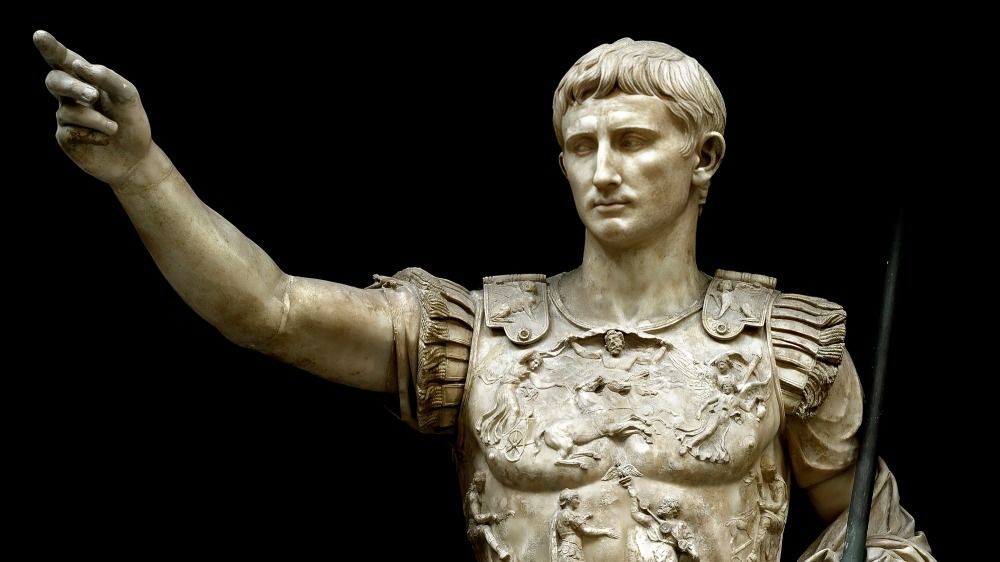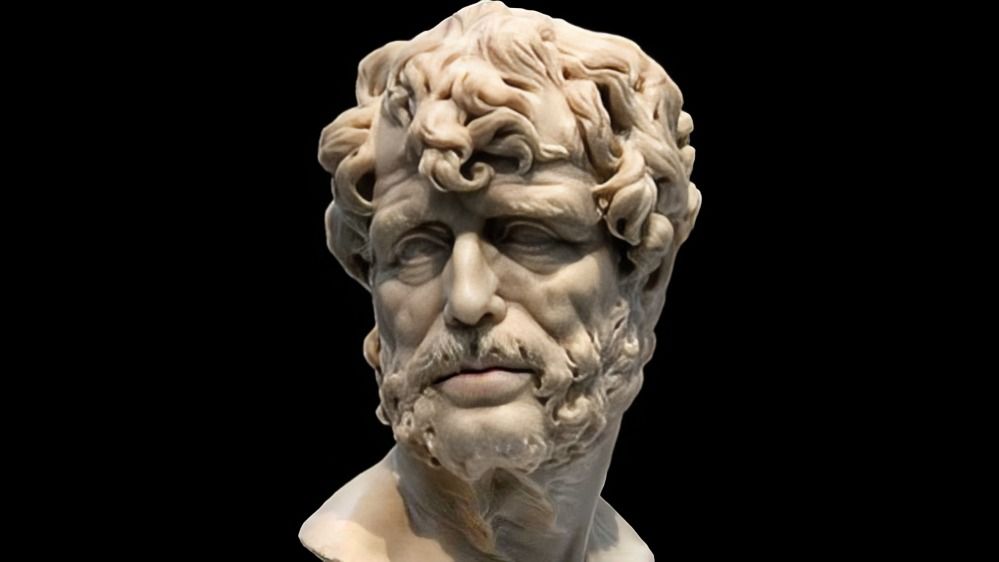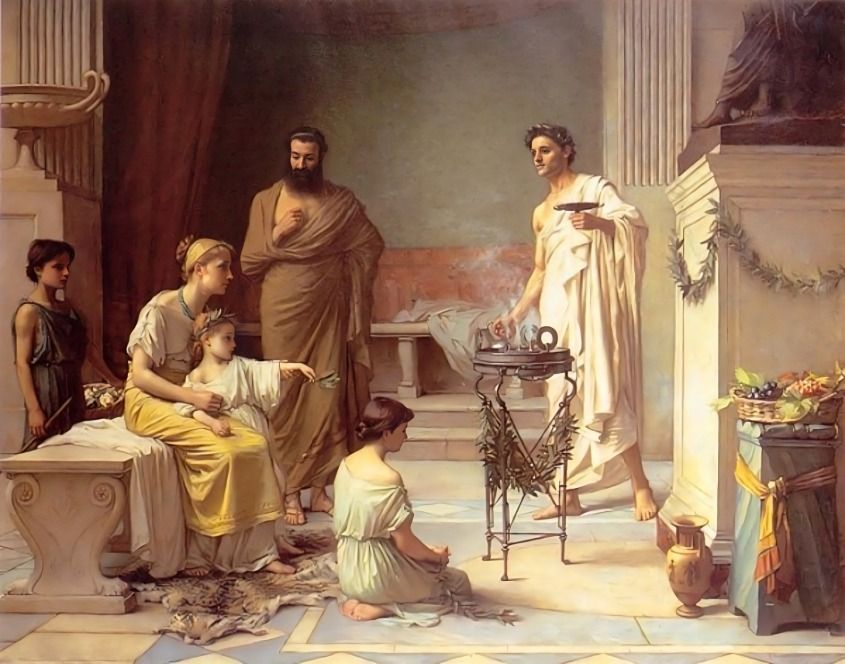
“
The Pax Romana, Rome’s Golden Age was a period of peace and stability that lasted for over 200 years, during which the Roman Empire saw unprecedented growth and prosperity. In this article, we explore 20 key facts about this remarkable era that shaped the course of history.1
1
”
Pax Romana, or "Roman peace," refers to the time from 27 BC to 180 AD when the Roman Empire was mostly peaceful. It started with Augustus and is also called Pax Augusta. 1
Pax Romana lasted about 200 years, covering regions from England to Morocco and Iraq. It started when Augustus (Octavian), Julius Caesar's nephew, became ruler of Rome. The era ended with Marcus Aurelius as the last peaceful emperor. 2
After Julius Caesar's death, Mark Antony tried to prevent Octavian from becoming the leader. Octavian ultimately prevailed, became the new ruler, and was given the title Augustus. 3

Augustus ruled for 41 years, during which he helped the Roman Empire thrive. He faced challenges convincing Romans that peace could be prosperous, which he achieved through effective propaganda.
During Pax Romana, Rome's renowned Pantheon was constructed. This period also saw Livy, Ovid, Virgil, and Horace produce some of the era's most celebrated literary and poetic works. 4
During Pax Romana, there were five leaders known as the Five Good Emperors: Nerva, Trajan, Hadrian, Antoninus Pius, and Marcus Aurelius. They are famous for their effective and benevolent rule. 5
During Pax Romana, wealthy Romans lived in luxury with lavish homes and slaves, while the poor endured poverty. The affluent enjoyed exotic foods like jellyfish, ostrich, and peacock, often overeating to the point of vomiting so they could eat even more.6

Seneca the Younger first used the term Pax Romana in 55 AD. Prior to this, Rome had not experienced a peaceful period lasting longer than twelve years for over 450 years, highlighting the significance of this era.
Ancient Romans loved their entertainment, with coliseums hosting gladiator fights, chariot races, and other deadly spectacles. As the Pax Romana ended, tribes began attacking the Roman Empire’s frontiers. 7
During the 200 years of Pax Romana, the Romans achieved significant advances in engineering and the arts, constructing an extensive road network to enhance troop movement and communication. 8
The Romans' invention of concrete led to architectural marvels like the Pantheon's massive dome. During the Pax Romana, prominent writers produced influential works, establishing Rome as the leading center of the Western world. 9
Political stability boosted money lending and long-distance trade, while Augustus’s navy eliminated pirates from the Mediterranean. Romans acquired luxury silks and gems from the Far East, and their glass and rugs reached markets as distant as India and China. 10
Under Augustus, Rome constructed 50,000 miles of new roads, facilitating troop movement, communication, and trade. Roman aqueducts provided vital water supplies that fueled city growth. 11
Under Augustus, Roman literature flourished as he supported artists who celebrated the empire. Virgil’s "Aeneid" connected Rome’s legendary beginnings to Augustus and hoped for a bright future. 12
Augustus reformed the tax system to ensure fairer taxation and more efficient revenue collection. These reforms helped fund public works and maintain the empire’s infrastructure. A more equitable tax system contributed to social and economic stability. 13

Advances in medicine and public health were made during the Pax Romana, including the construction of medical facilities and public baths. These improvements contributed to better overall health and hygiene.
During the Pax Romana, the Roman military adopted and refined various tactics and technologies to enhance its effectiveness. Innovations in military strategy and equipment helped maintain the empire’s security. 14
The Roman Empire generally practiced religious tolerance during the Pax Romana, allowing various local deities and religious practices to coexist. While Roman religion was dominant, the empire accommodated diverse beliefs. 15
The Pax Romana was a period of significant intellectual achievements in science, engineering, and architecture. Notable figures like Galen in medicine and Vitruvius in architecture made lasting contributions. 16
The Pax Romana was a period of significant intellectual achievements in science, engineering, and architecture. Notable figures like Galen in medicine and Vitruvius in architecture made lasting contributions. 17


